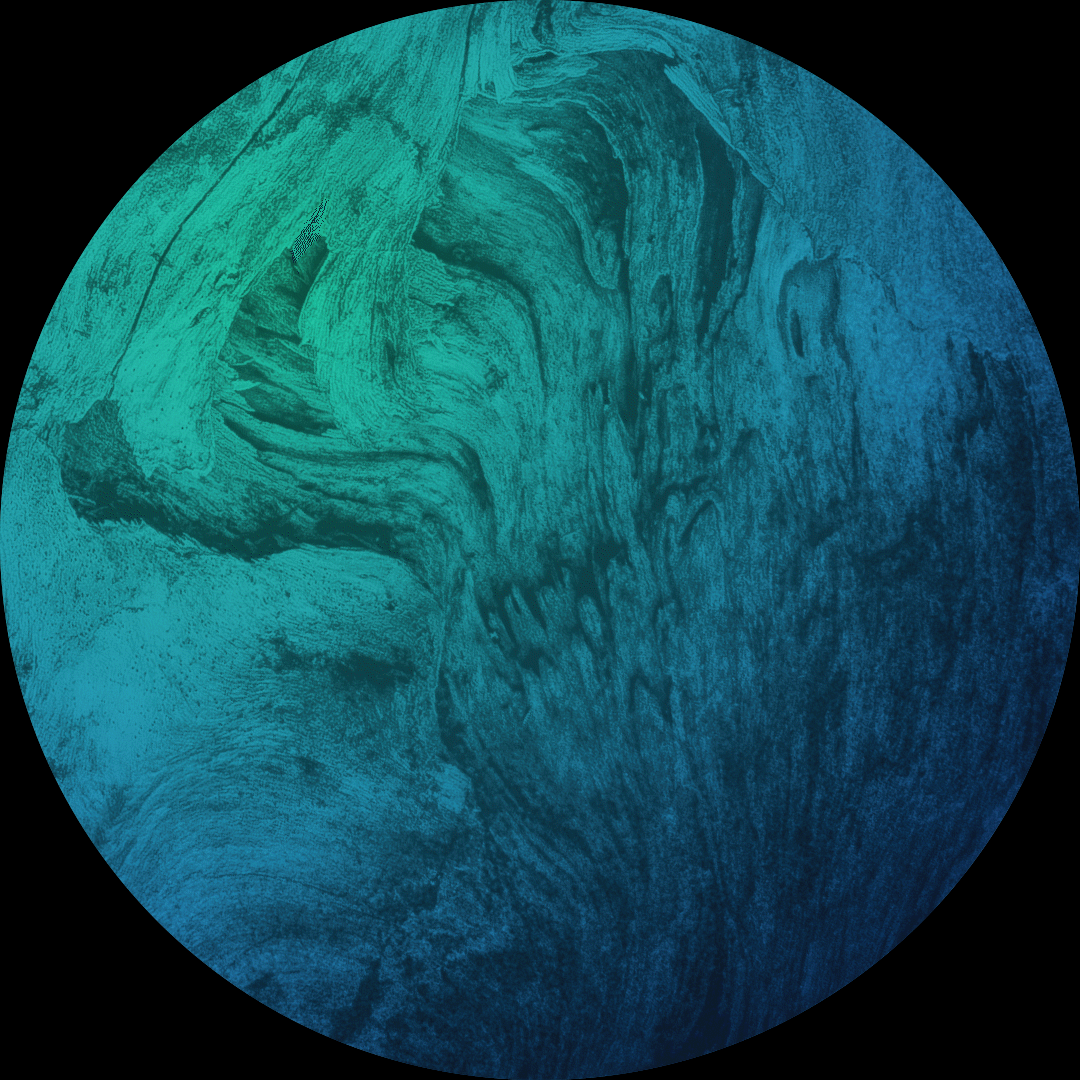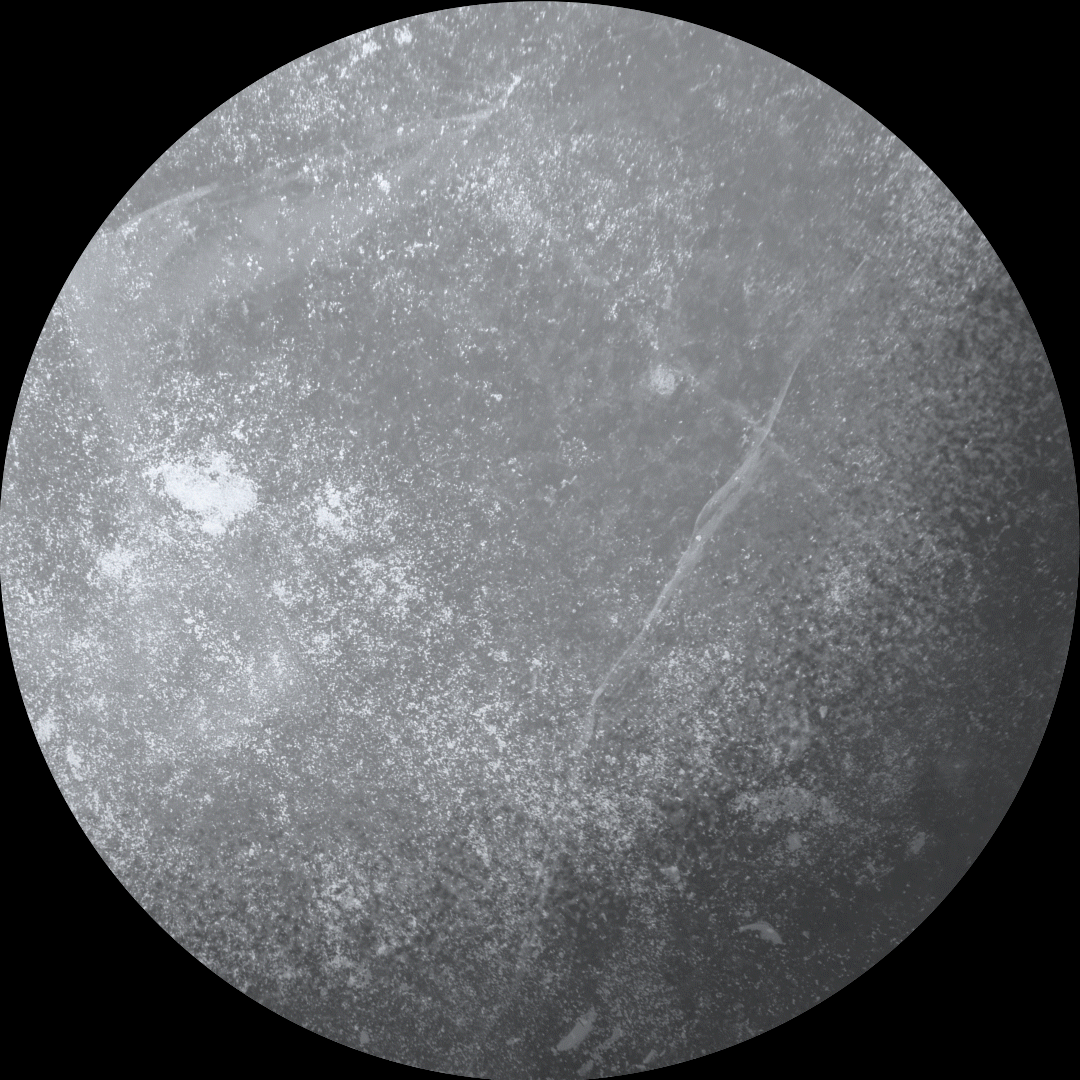What is Gravity?
A visually engaging explainer video for younger students, covering humanity’s understanding of motion, planetary motion, and gravitational theory.
Expertise
Illustration, Animation & Motion Design
Software
Adobe Illustrator, After Effects & Premiere
Client
JMU Physics Department
Timeline
May 2020 - Feb 2021
Project Overview
Ask young students about space, and they’ll say it’s exciting, mysterious, or even scary. After all, how many of us dreamt of being astronauts as kids? However, not many students are as interested during physics and astronomy classes.
In my final semester of college, I was given the opportunity to create a resource that would showcase the bizarre and often misunderstood realm of astrophysics to these students in a more visual and engaging way. As a curious designer and certified space cadet, this quickly became a passion project as well as a creative challenge.
Client Expectation
Create a video that illustrates a concept/topic from astronomy to younger students and college undergrads.
Engage students of various ages and education levels with interesting visuals and content.
Personal Goals
Learn After Effects, and practice using animation and motion design techniques in creative ways.
Create an educational tool that can be used in online & hybrid learning (during the pandemic).
Get a feel for the scope of video/animation production, and the various elements/roles involved.
Challenges
These questions formed the central focus of the project: what would make the best resource for a classroom of students?
Together, they drove all creative decisions during the video’s development.
-
As the knowledge and ages of the target audience was broad, all concepts, animations, and stylistic choices needed to be digestible, accessible and simplified down to layman’s terms.
-
Our understanding of gravity has been changing throughout human history, with early ideas arising in Ancient Greece. I needed to develop a way that could link all of these various theories, understandings, and concepts together without confusing viewers.
The structure needed to add to their understanding, not take away from it. I also had to connect each concept back to a central theme, one of progress and dynamic understanding.
-
In a linear video formats, there are limited ways for users to interact directly with the content and lesson. Since full interactivity (i.e. interactive visuals and sandboxes, quiz questions, etc.) was out of scope, I had to find a way to engage students in the classroom and online learning settings.
“Let’s Get Started…”
Research, Scripting and Storyboarding
It was important to keep the script grounded, balancing familiar language and concepts for younger students, with accurate information for higher level courses.
From a storyboarding and animation perspective, I also had to juxtapose moments of action and calm, in order to keep viewers engaged throughout.
Lastly, I had to include depictions of simpler, familiar concepts (e.g. balls bouncing/falling) in order to later build up to more complex ideas.
Defining the Visual Style
I combined bright colors and looping graphic textures to create a kind of collage/scrapbook viewing experience that would engage a younger audience. I also selected hand-drawn fonts to try and lighten the tone of the material.
I was inspired by other explainer videos on YouTube, and studied hundreds of hours of animation tutorials and concepts to learn how to create momentum and a consistent style through the visuals.
A big focus was making creative and seamless transitions to emphasize connectivity: as modern gravitational theory is the culmination of multiple ideas and concepts, I wanted each section to flow into the next.
Building the Structure
The Timeline
As many scientific theories are dynamic and are constantly being revised, the flow of information needed a structure that would guide viewers through the puzzling concept of gravity. The story of gravitational theory takes place over two millennia. Each philosopher, astronomer, and physicist that contributed to this understanding needed to be included to show how theories shifted overtime, and how each piece of the puzzle eventually led to what we know today. It’s a story of progress, a journey through observation and study.
The timeline was the project’s “eureka!” moment, a central idea
that connected each section, both structurally and thematically.
Each node represents a different individual that contributed to our understanding of gravity. Originally, gravitational theory involved two schools of study, so the timeline shows both progressing in parallel.
The segments on the timeline also show how long previous theories lasted before they were challenged.
This consistent structure creates familiarity for the viewer, grounding them and building on each concept before it. After every section, the video summarizes and checks understanding before returning viewers to the timeline to continue the journey, bridging the connection with later discoveries.
Creating Each Era
The intro was designed to quickly establish the overall visual style of the project. After building the timeline with expressions and camera movement, the video transitions into each subsequent node on the timeline. Each had its own color palette and textures to help audiences identify the illustrated concepts with their associated figures.
Balancing Simplicity and Complexity
As my confidence and motion design knowledge grew with each completed section, I kept trying to push the boundaries and build more complex and polished compositions. These often involved more expressions and rigs (orbital velocities, trajectory calculations, angular momentum simulations, etc).
I started to realize two things:
I struggling when trying to simulate every concept, when I could simplify some instead.
The growing complexity of visual style throughout the project mirrored the progress towards a more modern and simplified understanding of gravity.
I decided to reduce my workload in complex sections using simpler workarounds, and chose to leave earlier sections as-is to maintain the theme of progress throughout the video (and in my skills ☺️).
Crossing the Finish Line
Recording & Retiming Woes
For the earliest sections, I had only estimated their keyframe timing based on the script and storyboards. I realized after recording narration that these estimates were way off. My goal of a 15 minute runtime was now approaching 20+ minutes. I had to revise my workflow:
Paused on animating, and focused on editing down the script and finishing narration.
Placing in each audio section into the timeline, and retiming earlier sections.
Placing in remaining audio and continuing to animate, now with clearer markers for key visuals.
This dramatically improved the pacing of the later sections.
Adjusting Project Scope
As the only person on this project, I was the studio. In the beginning I didn’t mind: I wanted as much experience and ownership as possible for my vision.
Woah there bud, that’s a lot…
…and you’d be right! I realized that if I was going to get this project finished, it meant either outsourcing some work, or sacrificing certain elements to minimize scope:
Moved sound design, music and voice over audio balancing out of scope. I plan to revisit these at a later date by collaborating with another sound designer with more experience.
Originally, I planned to add a suggested lesson plan with talking points per section to aid instruction. After 8 months of work, I decided to let the video speak for itself.
Feedback and Finishing Touches
Once I finalized the final section, I chose to reuse some of the best sections for the conclusion (shown at the top of this case study!).
I reached back out to the client for final review and feedback, to which they were very impressed with the end result. Their feedback helped me reduce some of the script further. They also suggested that I clarify some of the inaccurate theories from previous astronomers so that students didn’t get confused.
Lastly, I tested the video with friends, family, and local physics teachers. Their feedback made me adjust some of the timing and color contrast to make things more breathable and legible.
Rendering and Exporting
The final hurdle was figuring out how to render this monstrous After Effects file into something of manageable size without sacrificing quality. After numerous attempts using both After Effects’ built in render software, various codecs, and Adobe Media Encoder, I managed to bring the file into Premiere and create the final MP4 export for YouTube.
I learned the hard way how color management, video codecs, and video compression behaved (especially on Youtube), and re-rendered a 2K (1440p) version to improve the final YouTube quality.
Check out the
final product!
“Simplify, don’t simulate.”
This mantra was mentioned in an motion design tutorial, and it became a guiding principal whenever I was stuck during a section.Trust the (creative) process, and your vision.
I couldn’t begin to count how many times I got stuck or experienced burnout during this project, but by sticking with my vision, and taking breaks, and experimenting with new ideas, I was able to create something I had never thought possible 🥳
This explainer video was an ambitious project as a solo designer, especially as a first stab at animation and motion design. It’s been used in numerous classrooms, and has garnered a lot of positive feedback from both students, instructors and my design peers. Throughout the experience, I learned much about animation techniques and the video production process (and what I’d do differently next time 😅)
Lessons Learned
Scope management early on and throughout is essential.
This project tested my limits as a designer and project manager, and as a solo designer, limiting the scope would have saved a lot of headache and time.Audio and sound design are essential to a video experience.
Revisiting this, I would definitely invest in a good sound designer and backing track to add to viewing experience. Most feedback from designers was regarding the lack of sound design, music, or consistent audio quality with the narration.

